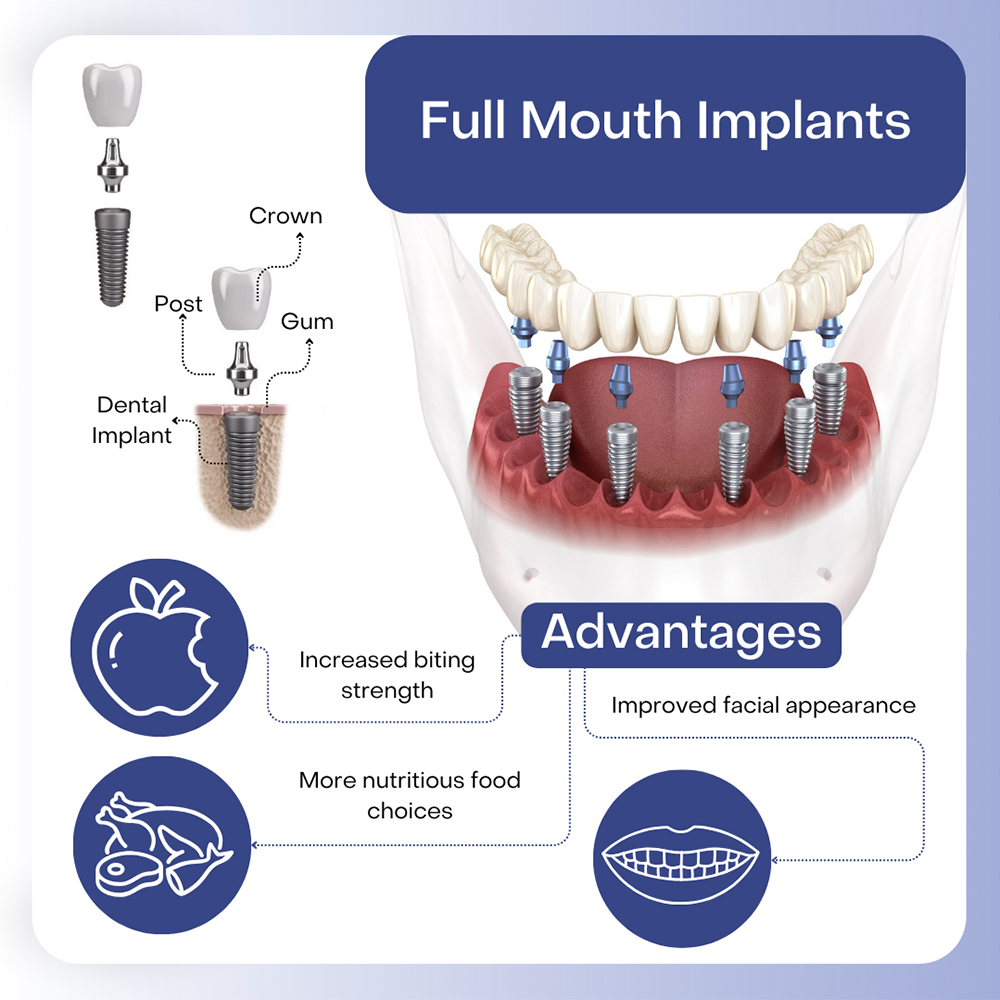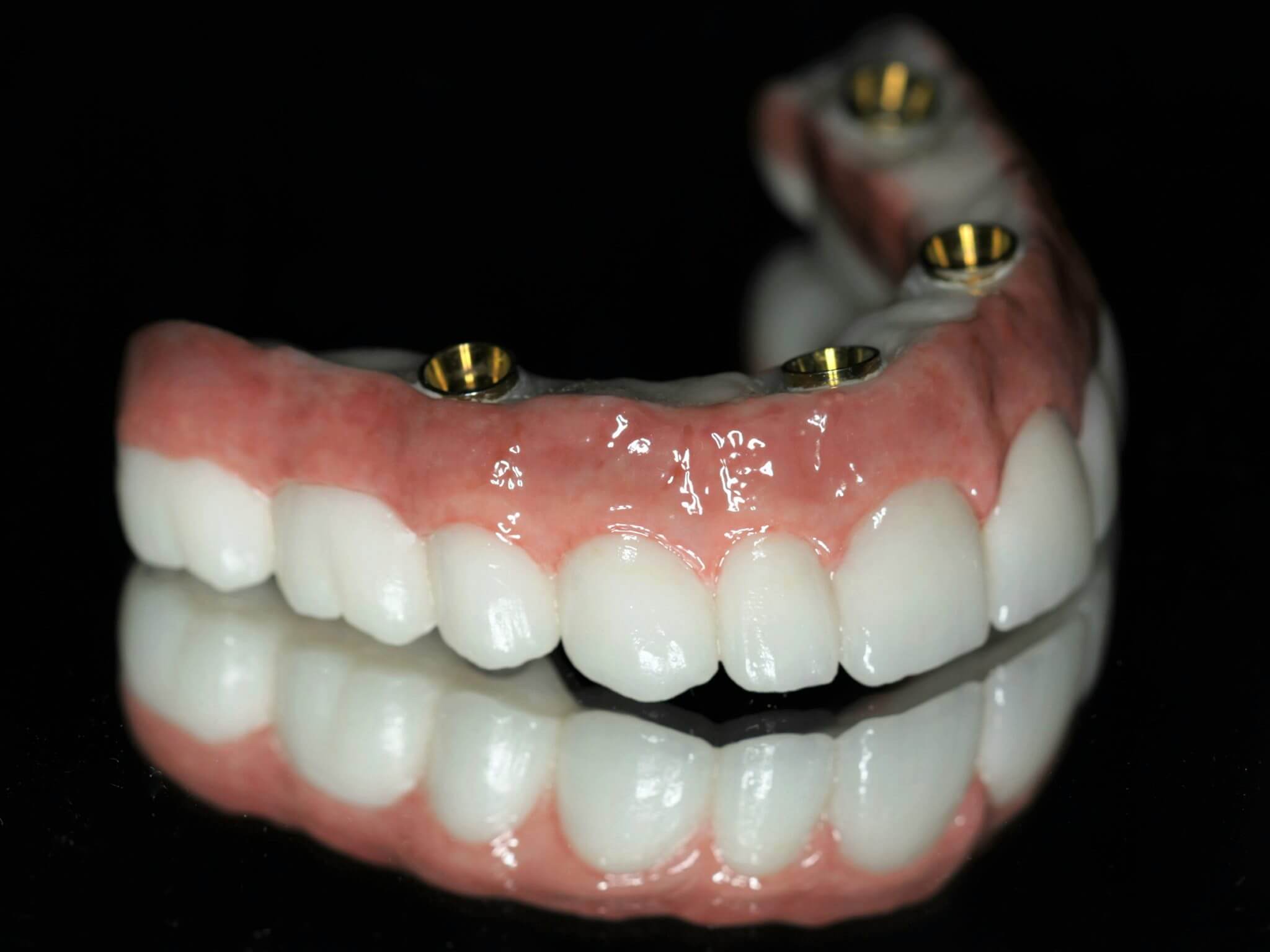Everything about Dental Sense
Table of ContentsSee This Report on Dental SenseNot known Factual Statements About Dental Sense How Dental Sense can Save You Time, Stress, and Money.The Dental Sense Ideas
are clinical tools surgically implanted into the jaw to bring back an individual's capability to chew or their look. They provide support for artificial (fake) teeth, such as crowns, bridges, or dentures. When a tooth is shed due to injury or disease, a person can experience problems such as rapid bone loss, faulty speech, or modifications to chewing patterns that lead to discomfort.Oral dental implant systems include an oral implant body and oral implant joint and might also include a joint fixation screw. Wisdom tooth cavity. The dental implant body is surgically placed in the jawbone in area of the tooth's origin. The dental implant joint is generally connected to the implant body by the abutment addiction screw and expands with gum tissues into the mouth to support the connected fabricated teeth
(https://www.slideshare.net/matthewmusic33101)Framework of The Oral Implant System picking dental implants, speak with your dental supplier regarding the possible benefits and dangers, and whether you are a prospect for the treatment. Points to think about: Your general health is a vital consider establishing whether you are a great prospect for dental implants, for how long it will certainly take to heal, and how long the dental implant may remain in place.
Smoking cigarettes might influence the healing process and decrease the lasting success of the dental implant. The healing procedure for the dental implant body may take several months or longer, during which time you normally have a short-lived abutment in location of the tooth. the dental implant treatment: Carefully follow the oral hygiene instructions provided to you by your oral copyright.
Everything about Dental Sense
Implant failing can cause the need for another surgical procedure to deal with or replace the dental implant system. Recovers the ability to chew Restores cosmetic appearance Assists maintain the jawbone from shrinking due to bone loss Maintains the wellness of the bordering bone and gums Aids maintain surrounding (close-by) teeth secure Enhances lifestyle Damage to bordering natural teeth throughout dental implant placement Injury to the surrounding cells during surgical treatment, such as sinus perforation Injury throughout surgical treatment (for instance, fracture of surrounding jawbone) Poor function, such as seeming like the teeth do not bite together usually An experience that the tooth is loose or turning in location arising from an abutment screw loosening Implant body failing (looseness of the dental implant body) because of systemic infection, which may be more most likely in individuals with unchecked diabetics issues due to local infection in bone and gums sustaining the implant body because of delayed healing, which may be more probable in individuals that smoke Trouble cleaning up the gums around the dental implant, leading to poor dental hygiene Neglected gum condition Post-surgical feeling numb due to nerve impingement or damages Constantly notify healthcare providers and imaging service technicians that you have dental implants prior to any type of magnetic vibration imaging (MRI) or x-ray treatments.
FDA is not aware of any unfavorable events reported for MRI or x-ray procedures with oral implants. Oral implants systems are typically made of products that adhere to worldwide consensus standards of the International Company for Standardization (ISO) or ASTM International. These standards have information of what makes a safe product.

A dental implant is a structure that changes a missing tooth. With screw-like gadgets, the doctor inserts an implant into the jawbone, and it acts as a support for a synthetic tooth, called a crown.
Facts About Dental Sense Uncovered
Some individuals are not qualified for oral implant surgical procedure. It is for dental cosmetic surgeons to operate people with: acute illnessuncontrollable metabolic diseasebone or soft cells condition or infectionIf these problems are dealt with, an individual can have the surgery. In, oral specialists avoid operating on individuals with: If individuals with any one of the above undergo dental implant surgery, there is a greater risk of the implant stopping working.

Dental implant surgical treatment is a personalized process. It's not the same for every person. The following provides a general review of what you can anticipate your dental expert, dental doctor, periodontist or prosthodontist to do: Put the implant surgically. Offer you time to heal. Connect the article and last crown, bridge or denture.
Next, your doctor will very carefully put the dental implant right into your jaw. If your implant is near the front of your mouth, your dental practitioner will certainly make a short-term tooth for you to put on till you heal.
About Dental Sense
Your service provider can inform you what to anticipate in your scenario. During the recovery stage, your jawbone should fuse to the oral implant. This procedure, called osseointegration, is vital for security and long-lasting success. This procedure can take anywhere from 3 to nine months. In some situations, it might take longer.
When your implant heals, your dental professional can attach the abutment (tiny connector post) and your last remediation (crown, bridge or denture). This usually takes about one hour to complete and might need a second small surgical treatment. You should not feel any kind of pain throughout your dental implant procedure since your supplier will make use of drug to numb your periodontals.